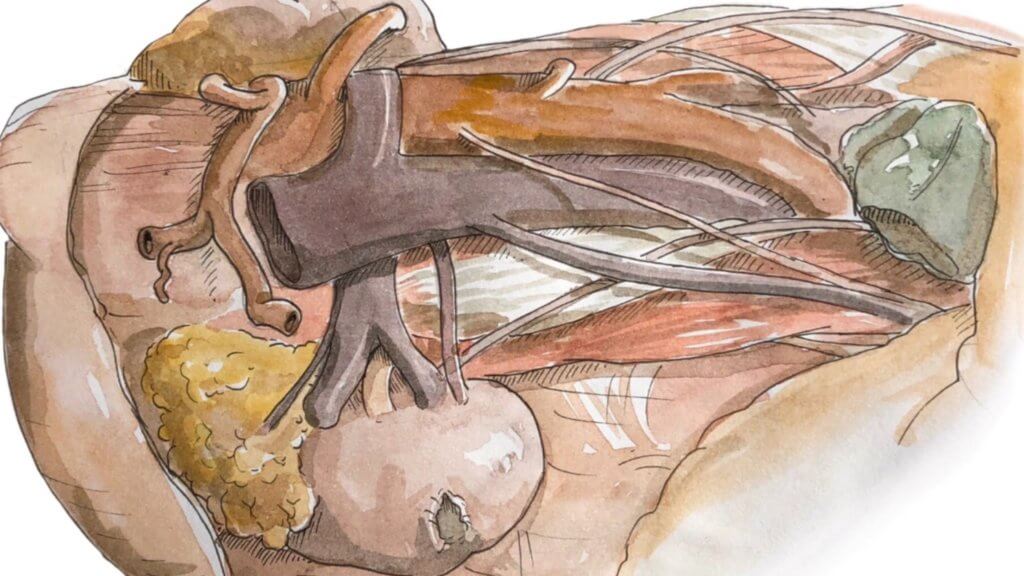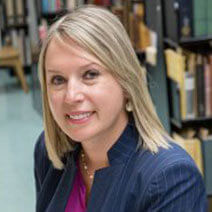We are excited to welcome the first-ever UCSF Library Artist in Residence, Farah Hamade.
There was a remarkable response to the call for submissions, and the committee reviewed twenty-seven applications from artists in the Bay Area, several US states, and Canada and representing diverse media formats, including ceramics, interactive wood sculpture, photography, bookmaking, videography, collage, comic books, painting, 3D installation, and others. Farah Hamade was named the inaugural UCSF Library Artist in Residence and commenced her yearlong project, The City is a Body: Systemic Vulnerabilities in the Time of COVID-19 on June 1.
Over the last few months, our world has drastically changed. With the spread of COVID-19, we have had to collectively restructure our society in order to reduce the impact of the virus. The effects of this global pandemic on the city of San Francisco (the body) must be examined within the context of existing systemic disparities in order to understand which communities have been the most affected by the pandemic, and why. The City is a Body is an interactive storytelling project that aims to highlight different personal experiences of those most impacted by the pandemic told through animation, sequential illustration and data visualization. Just as we might examine the medical history of a patient (the body) to understand why they are vulnerable to certain health complications, this project aims to visualize how the city’s existing disparities have made certain groups at higher risk of being affected by COVID-19.
Farah will be posting regular stories about the progress of her project on the UCSF Library website and will organize two virtual workshops for the UCSF community.
About the artist
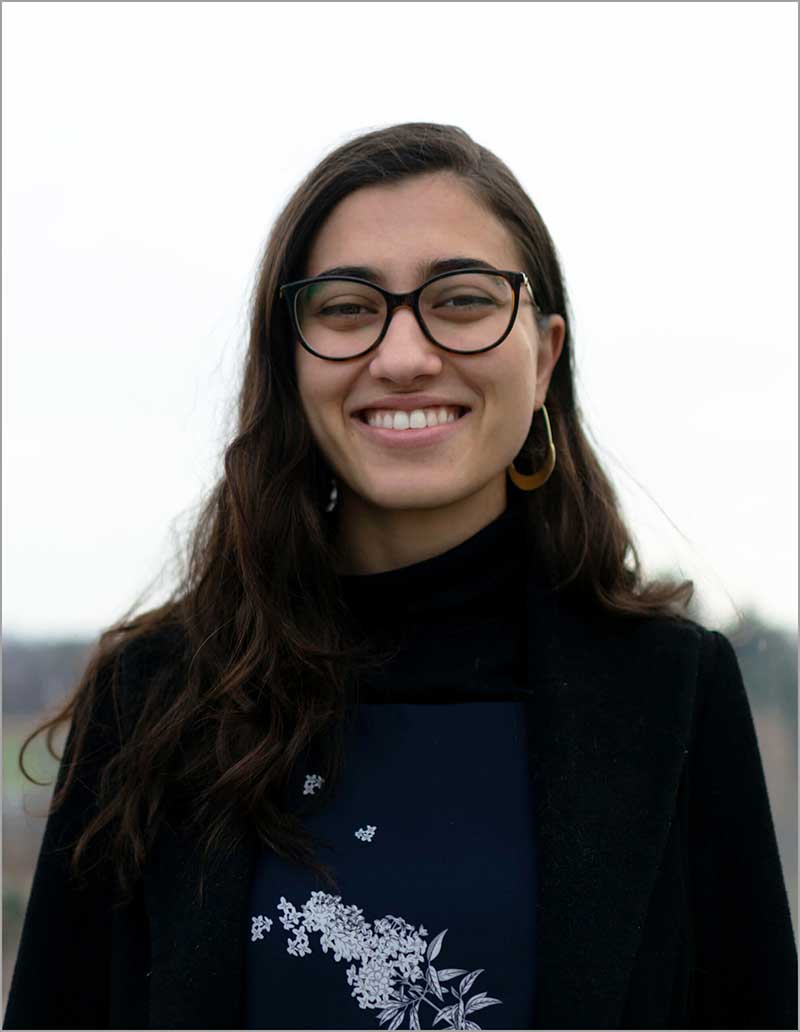
Farah Hamade is a biomedical illustrator and animator based in California. She is currently completing a Masters of Biomedical Communications (MScBMC) at the University of Toronto. She previously completed a BS in Neurobiology, Physiology and Behavior at the University of California, Davis where she also studied studio art and sociocultural anthropology.
Farah’s experiences volunteering and working with patients in clinic and through research inspired her to seek more effective ways to communicate scientific topics to different audiences. She draws upon her interdisciplinary background in scientific research and the creative arts to visualize complex topics, explore ways to make the sciences more accessible, and tell healthcare stories.
Learn more about Farah’s work:
LinkedIn • @farahamade on Instagram
Here is an example of Farah’s previous work, an editorial spread visualizing the pathogenesis of atherosclerosis, and how this leads to intracranial stenosis resulting in an ischemic stroke.
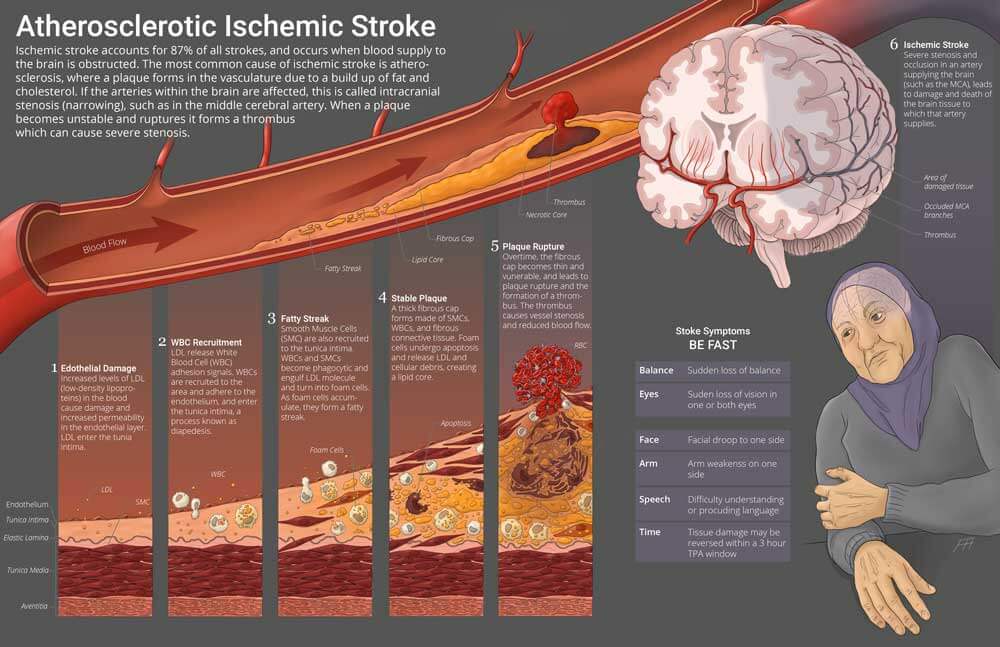
Q&A with Farah
We caught up with Farah to learn more about her background and upcoming residency.
Why did you apply for the UCSF artist in residence?
The UCSF Artist in Residence is an opportunity to work on a project at the intersection of social justice, art and science as they relate to healthcare. As a biomedical illustrator and animator who has always looked to connecting how we communicate the sciences within the context of different cultures, backgrounds and experiences I was excited by the opportunity to explore these topics with the resources and support of the UCSF Library and Makers Lab.
What are you most excited to work on?
Born in San Francisco, I have always felt a deep connection to the city. My parents immigrated here in the 80s from Lebanon and have built a close community over of the years. I am excited to work on a project that allows me to better understand the issues that affect this city and the diverse communities that make it up. With the support of the Makers Lab, I am also excited to experiment with different ways of storytelling and working with different mediums.
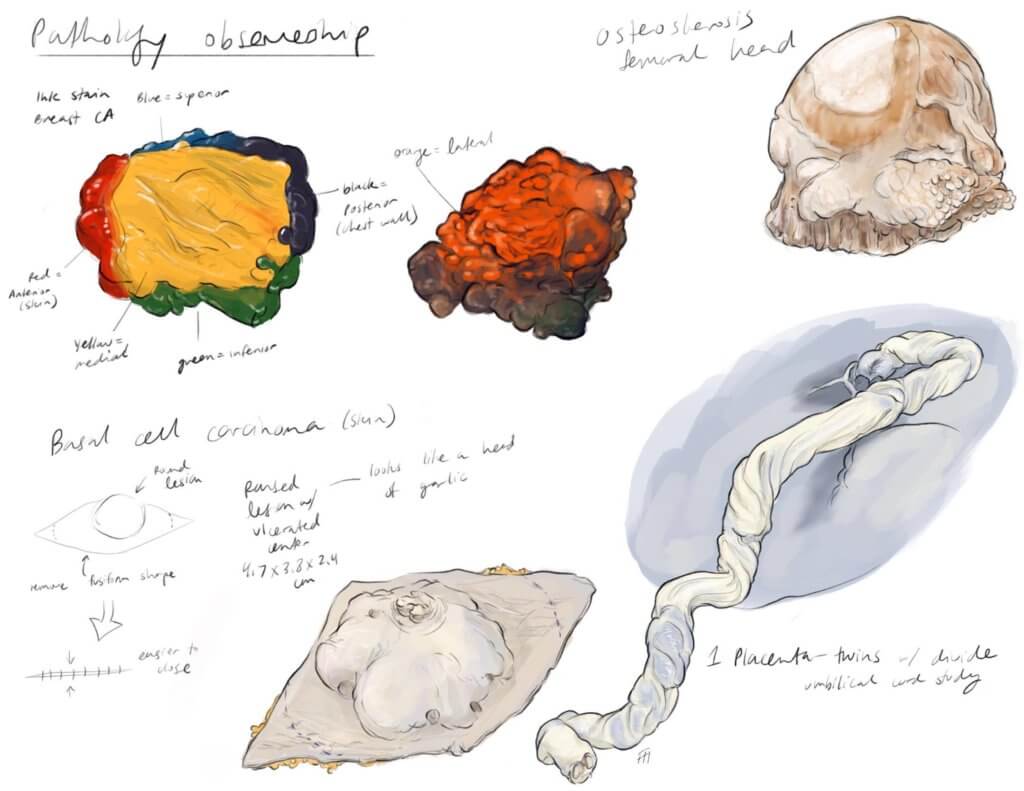
What challenges do you foresee?
As an artist, I find that it is important to always be flexible and find creative solutions to challenges. With the effects of COVID-19 over the next year, I may need to adjust the way I approach my project and focus. I am hoping to tell the stories of those in San Francisco who have been most affected by the pandemic. I want to make sure I am communicating the narratives of those I speak to in a way that highlights their experiences, but also contextualizes their story within the bigger picture.
What is the role of arts in the health sciences?
The arts and the health sciences have always existed hand in hand. In the earliest days of our understanding of human anatomy, cell biology, genetics, and infectious disease, the use of visuals has been crucial to our understanding of topics that can be novel (and often intimidating), abstract, and difficult to understand. The way we typically visualize biological structures – the organelles of a cell, and even the now-famous 3D render of the COVID-19 virus – have all been crafted by artists and help shape our perception of the world around us (and inside of us). To explain complex scientific topics to patients and students we often use visual metaphors and storytelling because, at its core, art (visual, spoken, crafted) is a way of communicating and connecting with others.
Thanks to the people behind the program
We were impressed by the quality and depth of this year’s proposals and would like to strongly encourage artists to apply next year. We are grateful to our UCSF colleagues for their commitment of time and effort when serving on the review committee.
2020 UCSF Artist in Residence review committee:
- Art Ammann, MD, UCSF faculty, pediatric immunologist, artist, founder of Global Strategies for HIV Prevention
- Louise Aronson, MD, MFA, UCSF faculty, geriatrician, educator, and writer
- Brenda Gee, administrative director, Executive Vice Chancellor & Provost Office, UCSF Art Program manager
- Emily Silverman, MD, UCSF faculty, an internal medicine physician at the Zuckerberg San Francisco General Hospital, founder and host of a live show and podcast, The Nocturnists
- Polina Ilieva, UCSF Library, head of Archives and Special Collections
- Haley McEwan, UCSF Library director of administration
- Dylan Romero, UCSF Library Makers Lab manager
- Kirk Hudson, UCSF Library Tech Commons and Facilities manager
